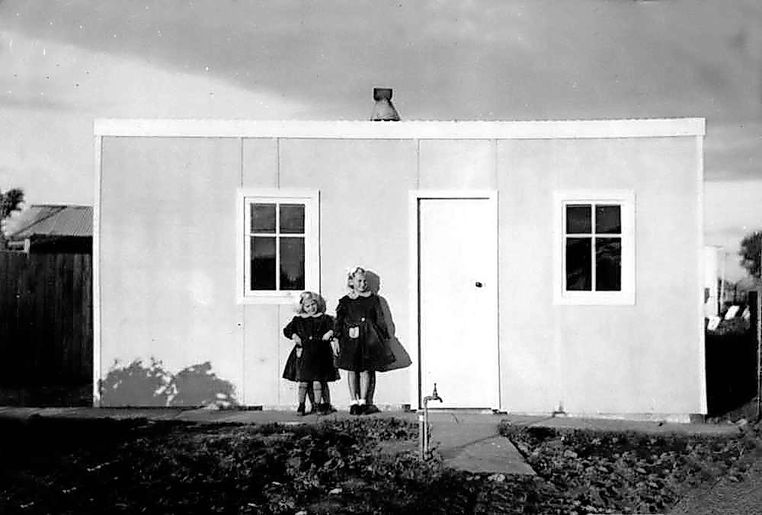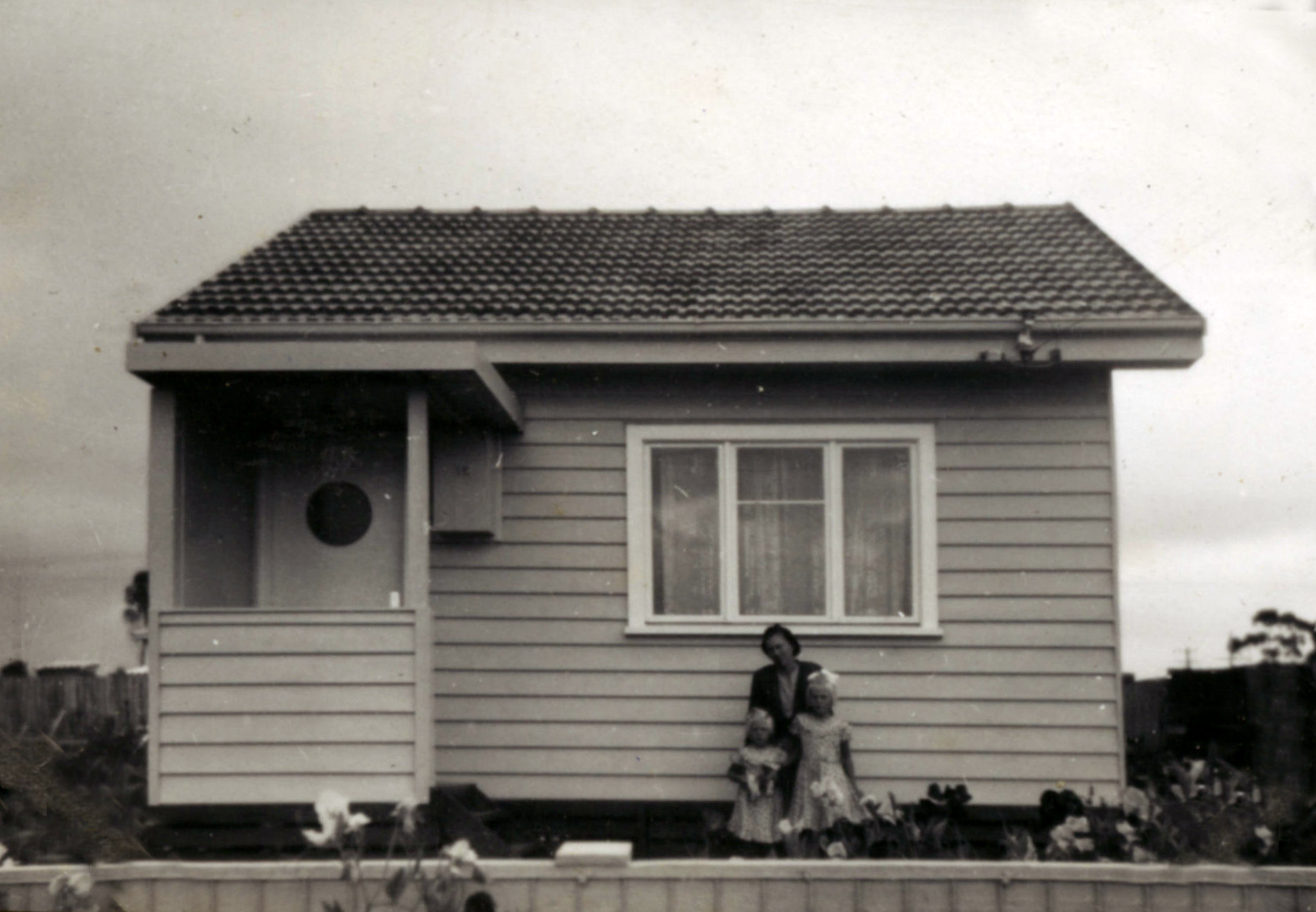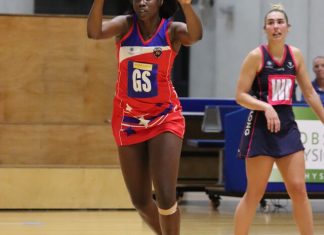By Laura Michell
Brimbank residents are being encouraged to share their knowledge and memories of the half-houses built in St Albans from the late 1940s to the late 1960s.
Brimbank council is keen to capture the story of the half-houses which were built as affordable homes.
Mayor Lucinda Congreve said the half-houses were important to Brimbank because they are a big part of the lives and memories of many post-war migrants and their children.
“We want to understand their historical role and make sure this is shared and appreciated,” she said.

The half-houses – also known as bungalows – were small, temporary houses with two or three rooms. They were sold soon after the end of World War II when there was a housing shortage in Melbourne.
Some half-houses still stand today but in most cases are now attached to a new house and used as kitchen, laundry, bathroom or shed.
“We’re hoping to tap into our community’s knowledge and memories of these half-houses for a study that will record the history and appearance of such houses,” Cr Congreve said.
“We’d love to hear from anyone who has
lived in these houses of has an association with them.
“We’re also asking for your ideas on how all this information could be shared and celebrated within St Albans and the broader community.”
A report on the half-houses will be presented to council at a later date.
To share your knowledge of the half-houses, visit: bit.ly/33it4rs









